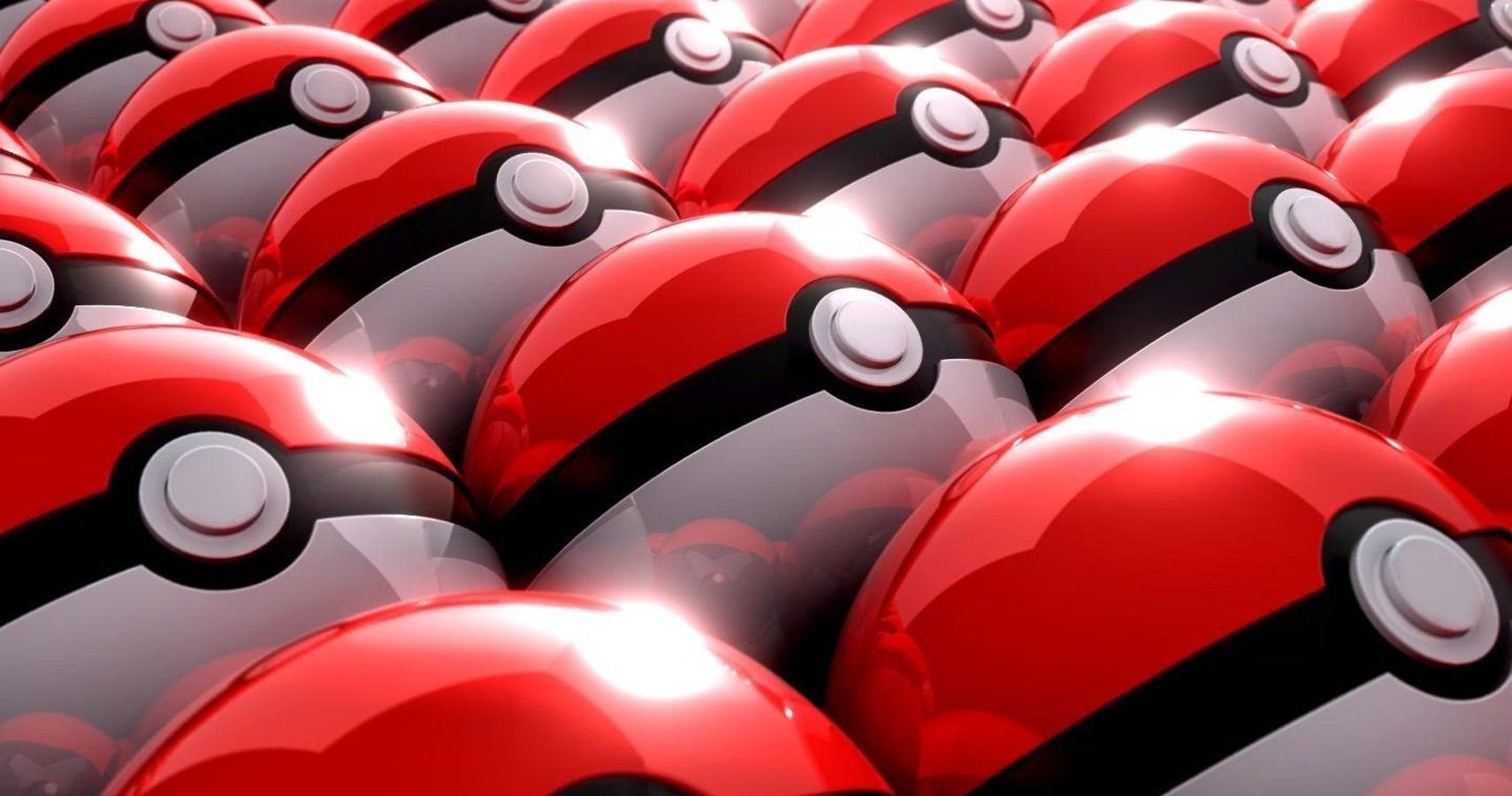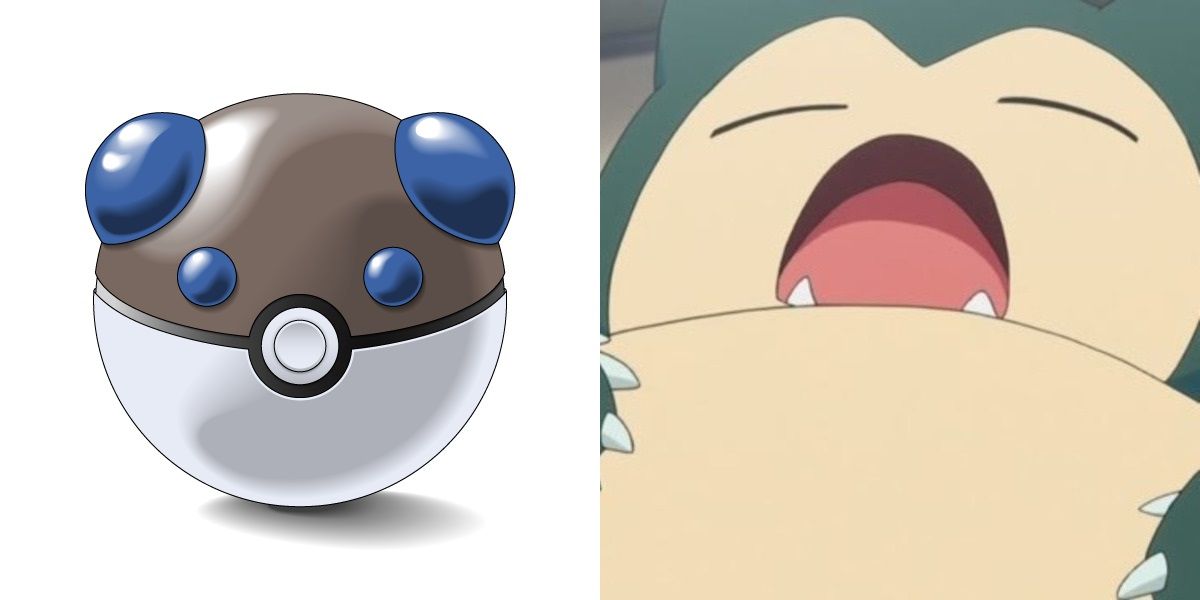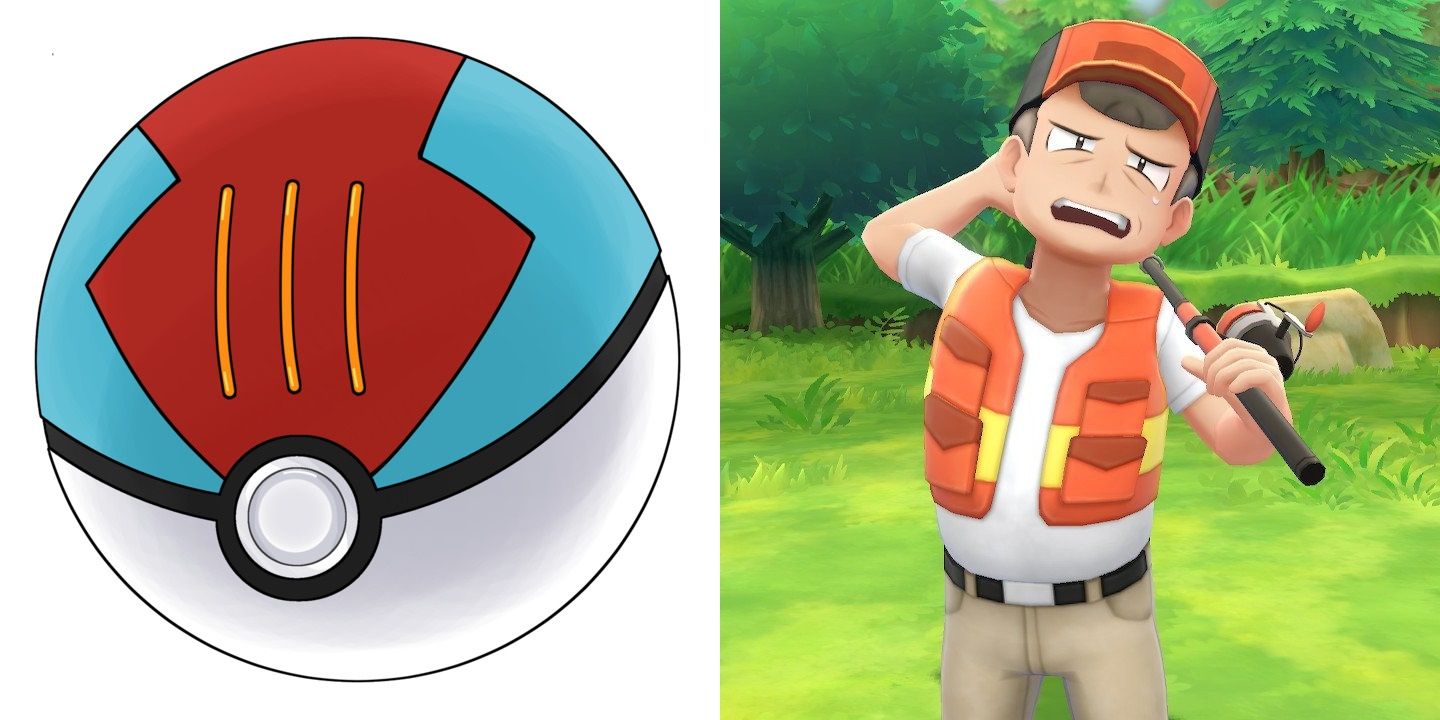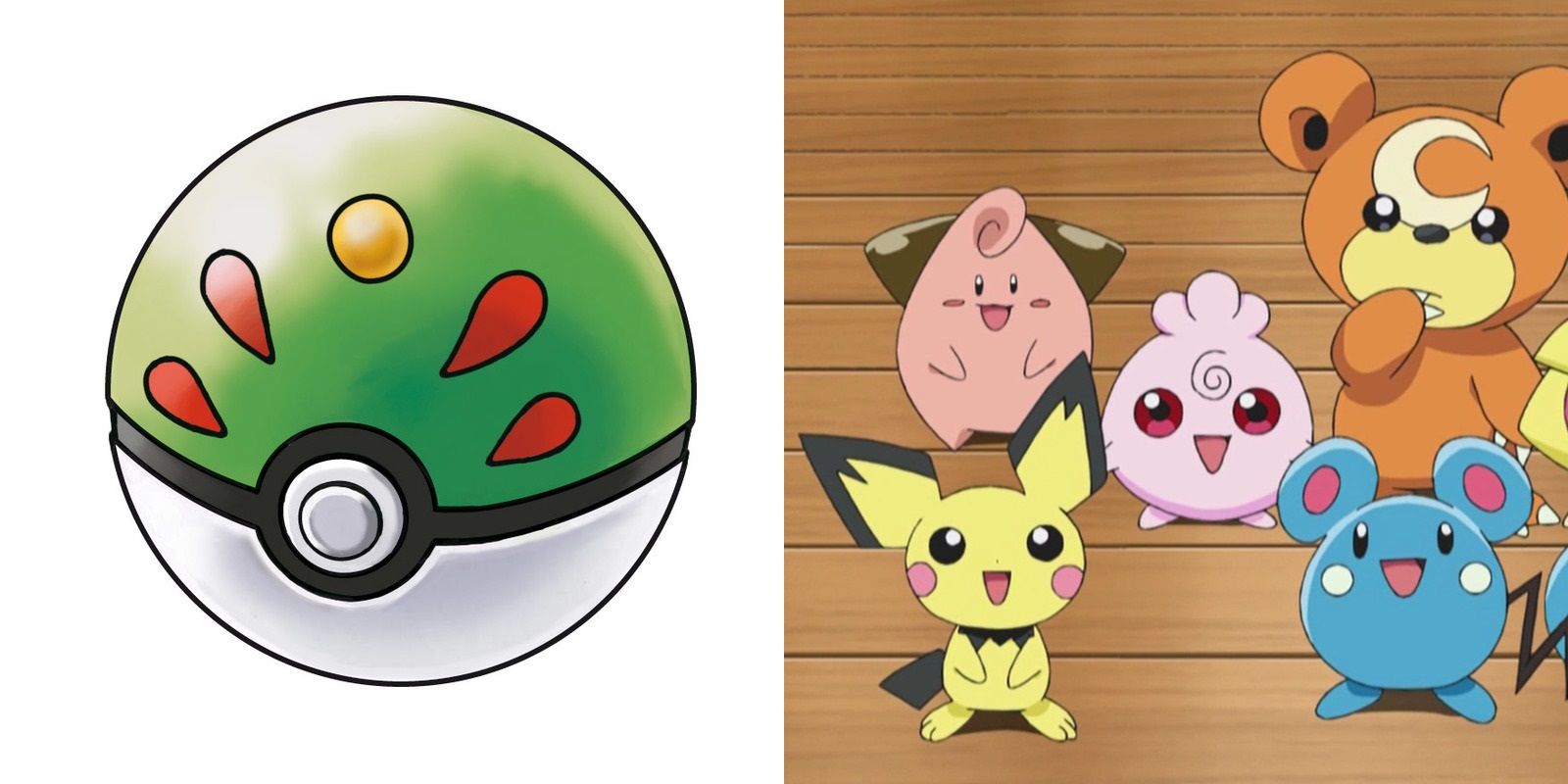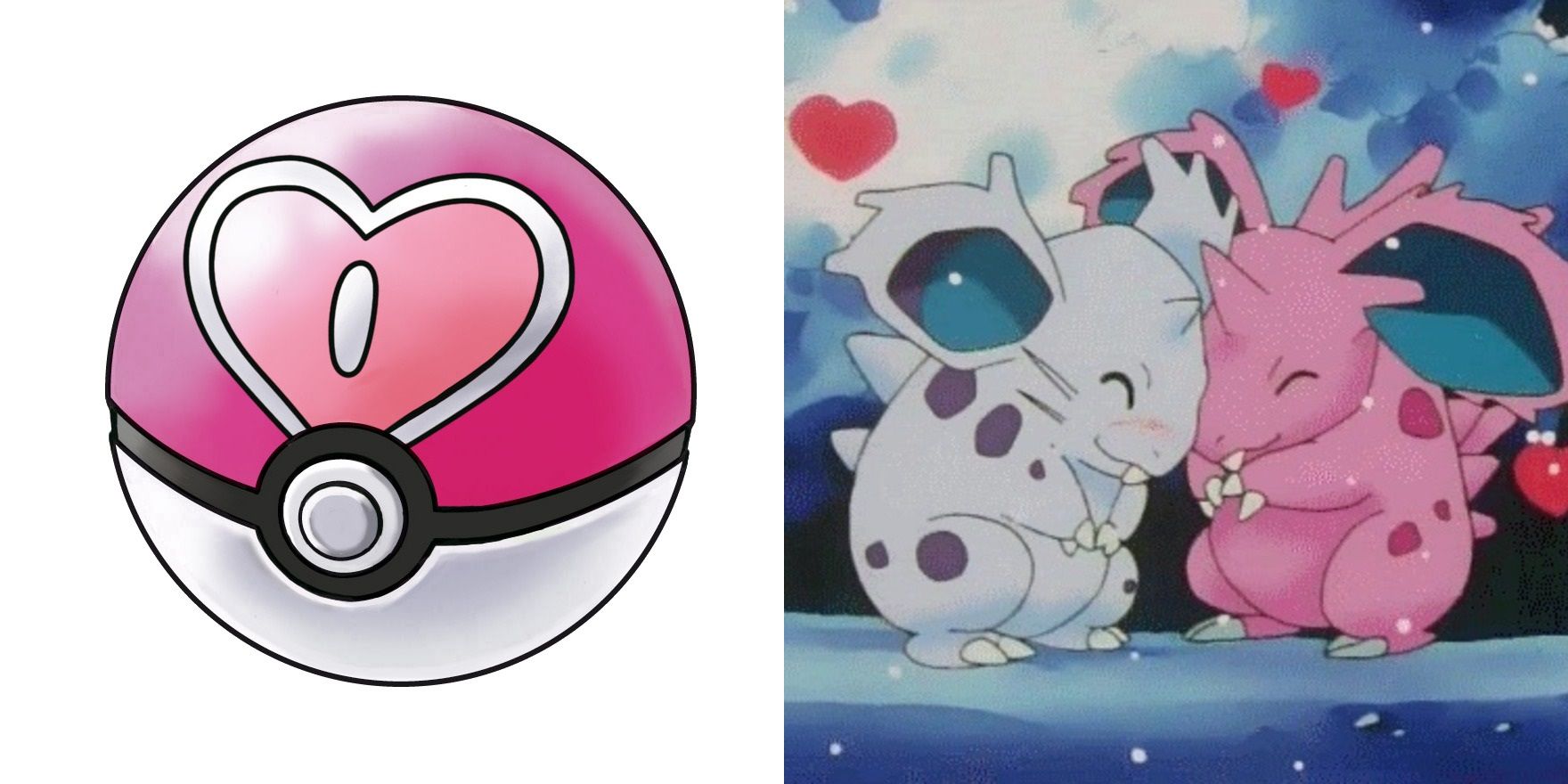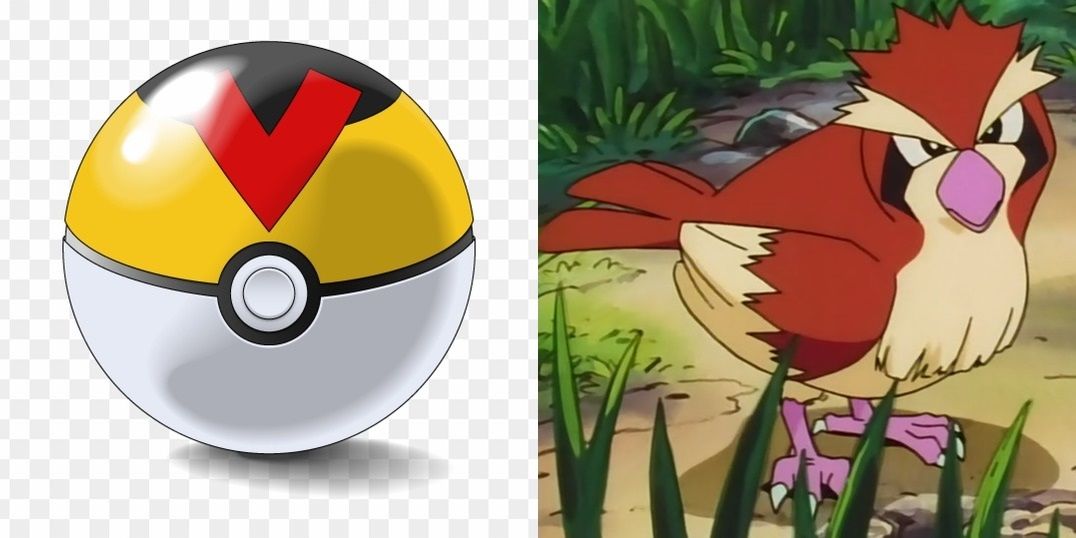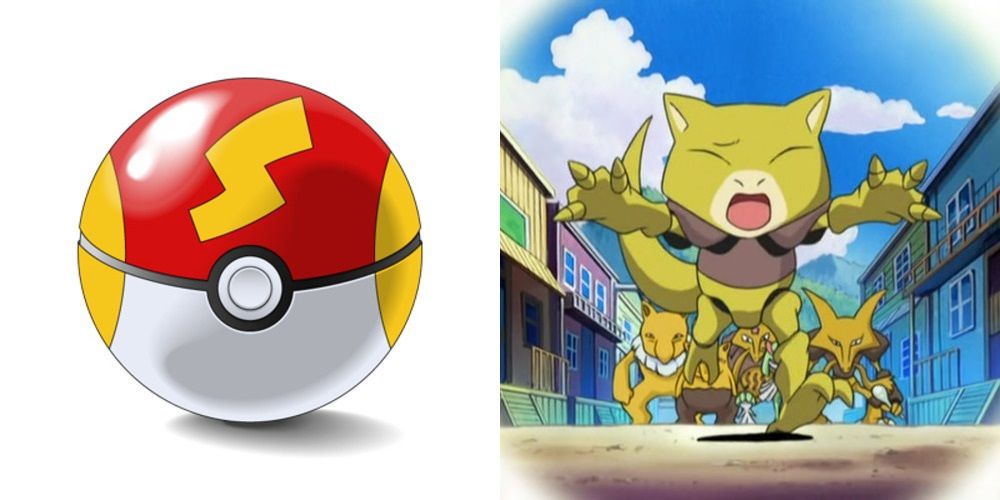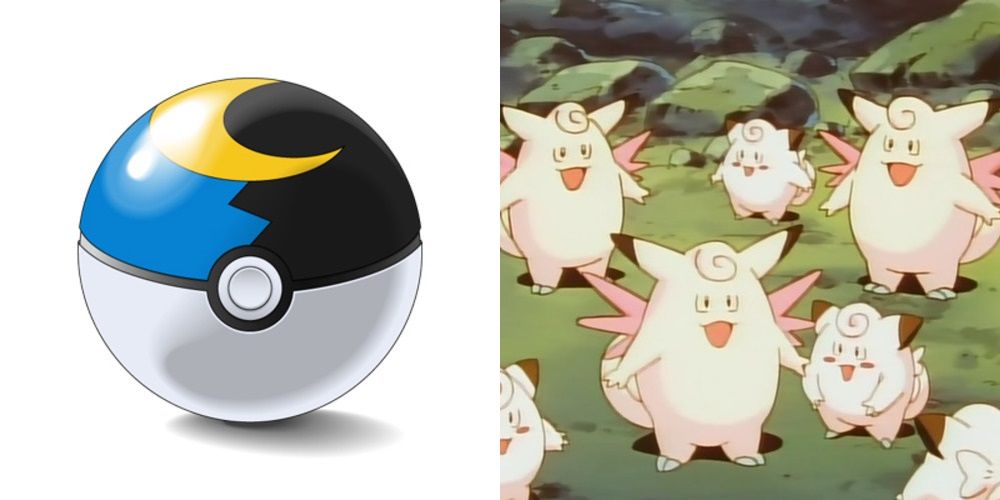Apricorns were introduced in the Generation II Pokémon games as special fruits that grew only in the Johto region. They're similar to the series mainstay Berries, only the skin of an Apricorn is too tough for a Pokémon to eat; they have to first be juiced to be used as Pokémon food. People in the Pokémon universe developed another use for the fruit. They found that if the Apricorns were hollowed out, they could be used to make a variety of different Pokéballs.
The history of crafting Apricorns into Pokéballs goes back as many as 700 years in the series' canon. They were much more common before large-scale tech corporations (like Silph Co. and Devon Corporation) began to produce wholly mechanical Pokéballs and mass-produce them. In the Gen II games, you can still find a specialist able to carve these special Pokéballs for you: Kurt in Azalea Town.
All the player has to do is harvest Apricorns from trees and give them to Kurt. The kind of Pokéball he makes depends on the color of the fruit, which can be black, blue, green, pink, red, white, or yellow. Kurt can only make one kind of Pokéball per day, and so you need to prioritize the ones with the most usefulness. We're going to take a look at what each ball is good for.
7 7. Heavy Ball
Heavy Balls are created from Black Apricorns and are much better at catching a very heavy wild Pokémon, and worse at catching lighter Pokémon. There are a couple of weight categories that determine how effective the ball is. In the original games, the ball lowers the catch rate of any Pokémon that weighs less than 225.5 lbs, and has no effect on a Pokémon between 225.6 and 451.5 lbs.
Luckily, there are some very big Pokémon in the world, and the ball can improve the catch rate up to 40 points if the target weights 903 lbs or more. So if you're struggling to catch that Snorlax, the Heavy Ball is your friend.
6 6. Lure Ball
The Lure Ball is one of the most widely useful kinds of Apricorn Pokéballs. Crafted from Blue Apricorns, a Lure Ball is most effective when used against a Pokémon encountered through fishing. There are often large amounts of water in any given game ripe for pulling up Pokémon, and they can vary from a lowly Magikarp to a coveted Dratini.
The Lure Ball has doesn't affect the catch rate of a regular Pokémon encounter, but when fishing it has a 3x catch rate bonus in the Gen II games and their remakes, and has a 5x bonus in Sun and Moon. Fishing is a great way to fill out your team and Pokédex, and it's great to have a reliable way to catch those Pokémon. Just make sure you use something better than the Old Rod!
5 5. Friend Ball
The friendship stat refers to how close a Pokémon is to their trainer and how much they enjoy being their partner. Friendship level effects when some Pokémon evolve. The vast majority of Pokémon start out with a base friendship of 70 and it can go up to 255. Most friendship-based evolutions need at least 220 for them to trust you enough to evolve.
Pokémon gain and lose friendship through a variety of in-game actions; it raises when the Pokémon levels up, fights a Gym leader, or gets a massage, and lowers when the Pokémon faints or is fed a bitter herb. You can save a lot of time by thinking ahead and catching the Pokémon in a Friend Ball, which can be crafted from Green Apricorns. These specialty balls set the Pokémon's base friendship to a whopping 200.
4 4. Love Ball
The Love Ball is either extremely effective, or else about a useful as a regular Pokéball, depending on the very specific circumstances of the Pokémon encounter. These balls are crafted from Pink Apricorns and, according to the in-game description, helps you catch Pokémon that are the opposite gender of the Pokémon you send against it.
However, what it doesn't mention is that the opposing Pokémon needs to also be the same species as your Pokémon. If you fulfill both these qualities, the Love Ball has a staggering 8x catch bonus. Unfortunately, if the Pokémon has the same gender as yours, or if they're different species, it has a 1x bonus, negating any benefit. So this ball is potentially useful if you're trying to catch breeding pairs of the same species, but not for much else.
3 3. Level Ball
The Level Ball, carved from Red Apricorns, can be very useful in the late game if you want to go back through and fill in your Pokédex. The primary use for a Level Ball is to catch Pokémon that are a lower level than your own. So if you steamroll through an early route with your level 65 Hall-of-Famer, these balls are essential for picking up stragglers without absolutely murdering them.
The ball starts at a 2x modifier if your level is higher, but less than double. It's 4x if you're more than double, but less than quadruple, and it goes all the way up to 8x if your four times as strong as the target, or more.
2 2. Fast Ball
On paper, the Fast Ball (made from White Apricorns) is a supremely useful ball for catching Pokémon like try their best to evade capture, like Abra or the Legendary Beasts. It was meant to be more effective against Pokémon who have a chance of fleeing. However, due to a glitch in the Gen II games, the ball only affects the catch rate of three Pokémon: Magnemite, Grimer, and Tangela.
The code for the ball was supposed to check the three tables of fleeing Pokémon (those with a 10% chance to flee, those with a 50% chance, and those with 100% chance) but the bug only allowed it to access the first three Pokémon on the 10% table. In the Gen IV remakes, it was changed to have a 4x bonus against Pokémon who have a base speed stat of 100 or more.
1 1. Moon Ball
This is a situationally useful ball...or it would have been, if another glitch hadn't interfered with its modifiers as well. The Moon Ball is carved from Yellow Apricorns and is intended to make it easier to catch Pokémon who will evolve/have evolved using a Moon Stone, like Clefairy, Clefable, and the Nidoran lines.
It works as intended in the Gen IV remakes, giving trainers a 4x bonus to the catch rate. However, in the original Gen II games, it confers no such benefit. According to the code, it instead gives a 4x bonus to catch Pokémon that evolve using a Burn Heal, none of which currently exist.

